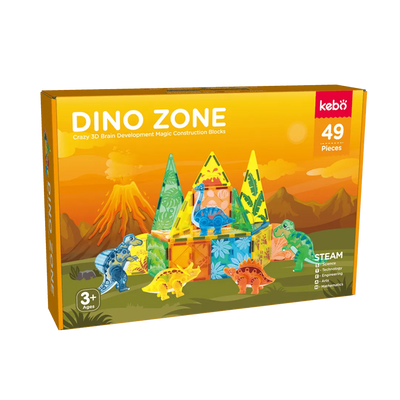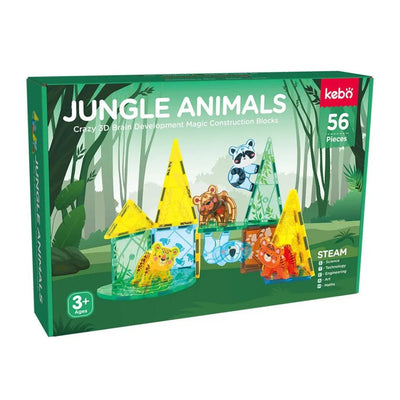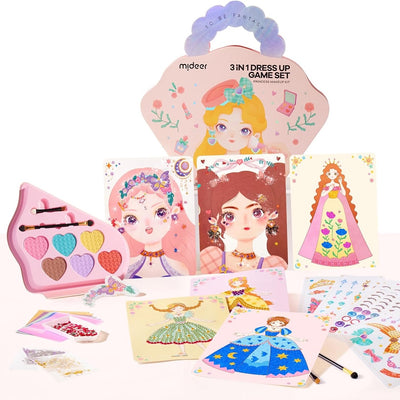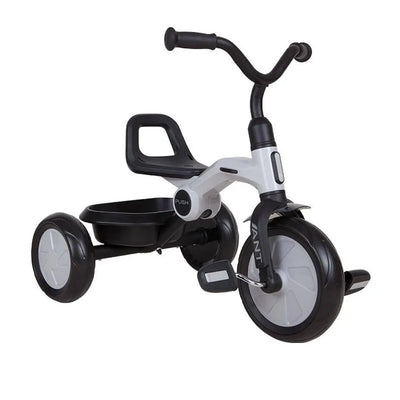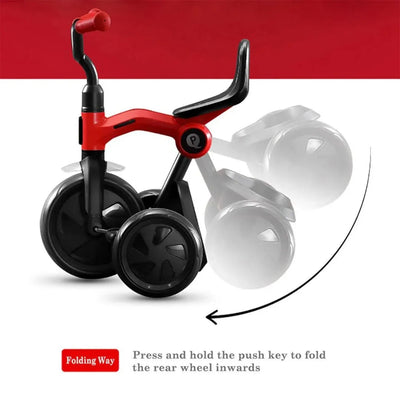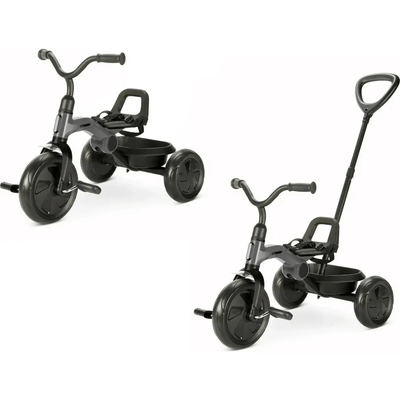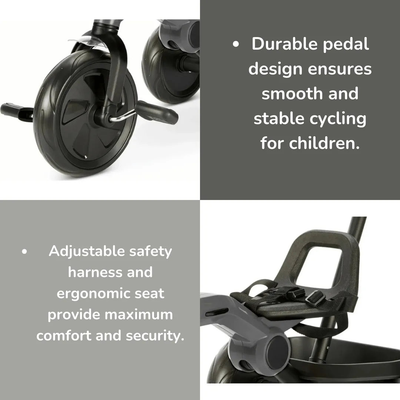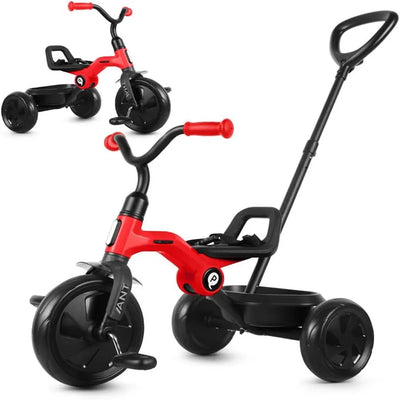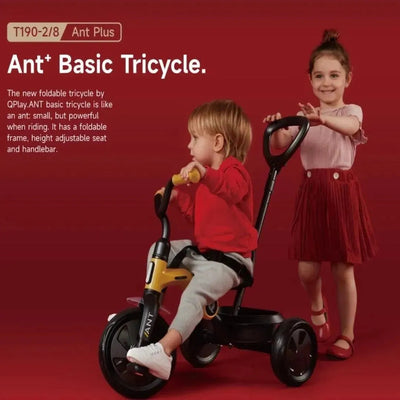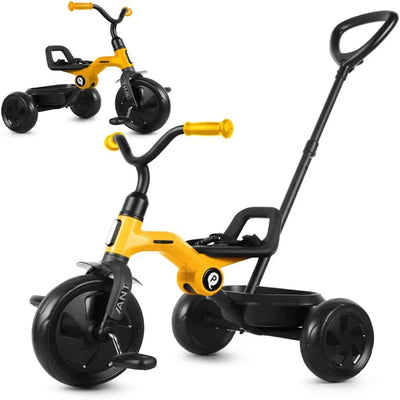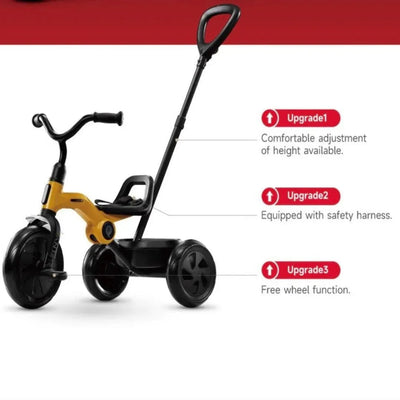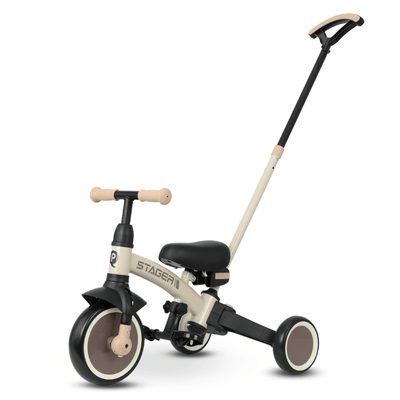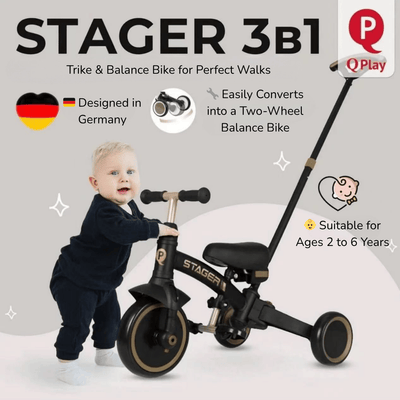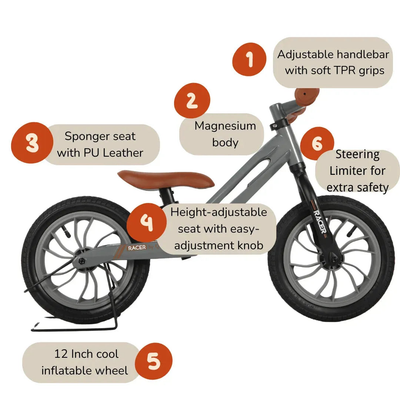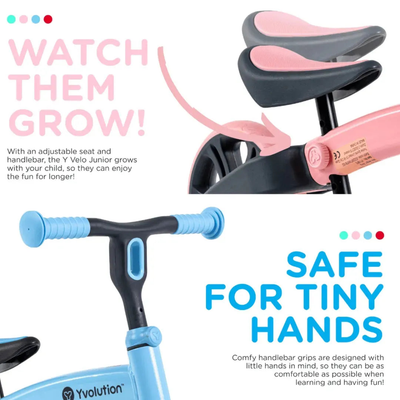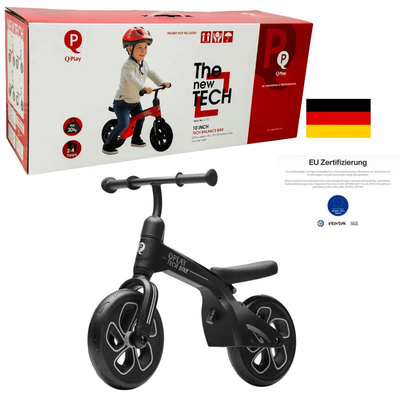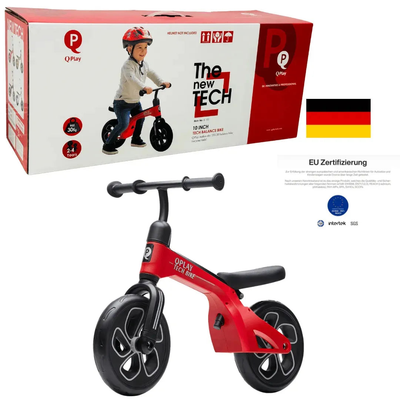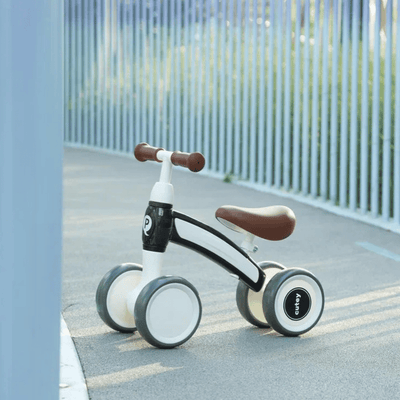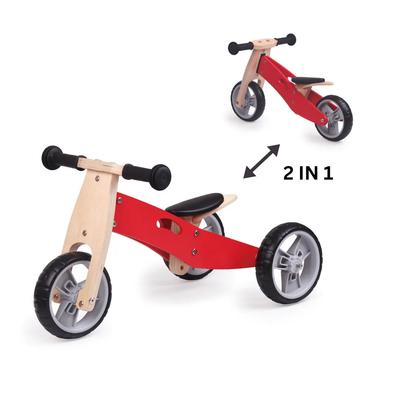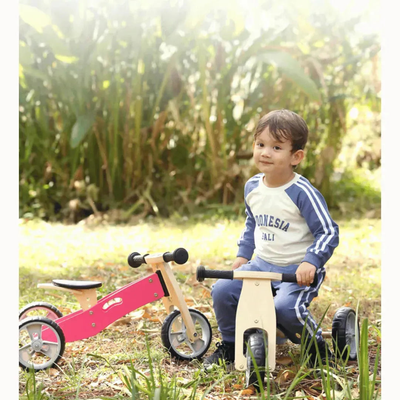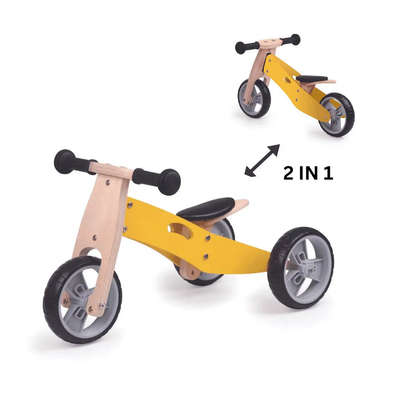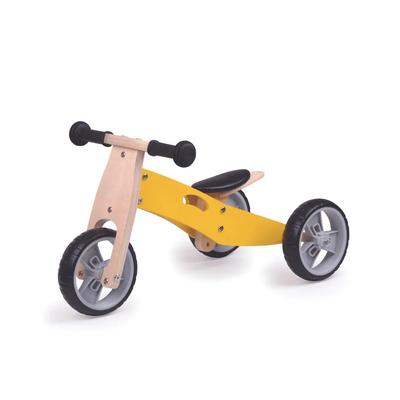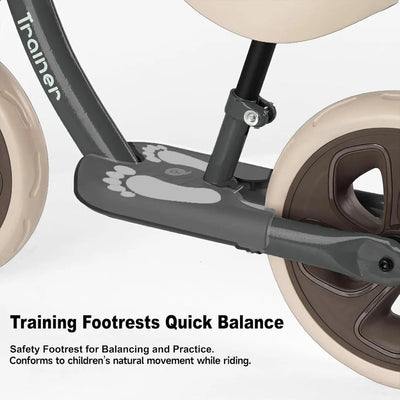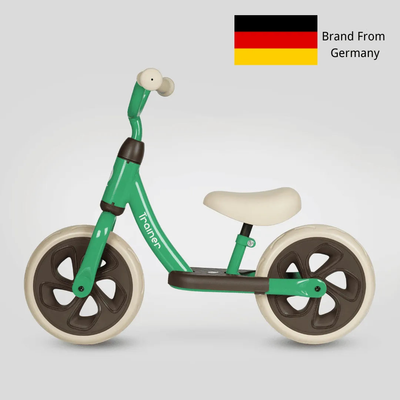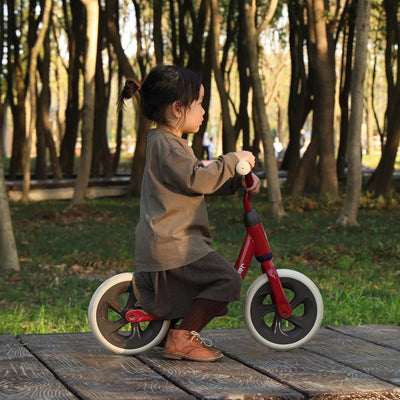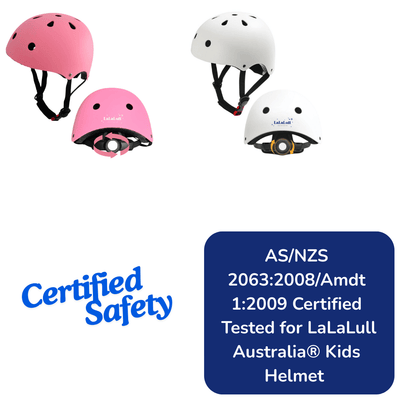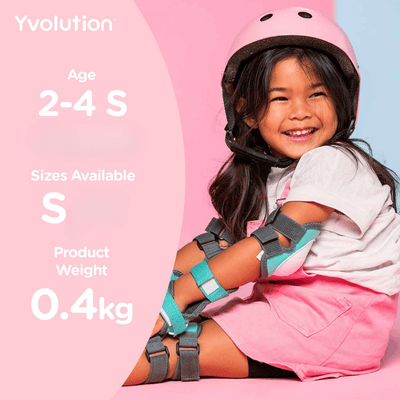What is the difference between balance bike for baby and toddler?
- Size: Baby balance bikes are generally smaller since they're designed for children as young as 12 months. Toddler balance bikes are typically larger to accommodate children from about 1.5 years old up to 5 years.
- Seat Height: The seat height of a baby balance bike is lower to the ground to allow the younger child to sit with both feet flat on the ground. As children grow, they can handle a taller seat height, which is what you'll find with toddler balance bikes.
- Weight: Bikes designed for babies are usually lighter, making it easier for the smaller, less muscular babies to handle and maneuver. Toddler bikes might be a bit heavier as they are built to support the additional weight and the more aggressive riding style of older children.
- Safety Features: Baby balance bikes often have additional safety features, like limited steering to prevent sharp turns that can cause falls. Toddler bikes might offer more freedom with the steering to help them learn more advanced balancing skills.
- Wheels: The wheels on baby balance bikes can be made from softer materials suitable for indoor use or gentle outdoor play. Toddler balance bikes may have wheels that are more durable for varied outdoor surfaces.
Whether you're looking for a balance bike for a 1-year-old, 2-year-old, 3-year-old, or 4-year-old, our collection has the perfect option for your little one.
Balance Bikes That Help Toddlers Ride with Confidence
Our balance bikes are designed to help toddlers develop balance, coordination, and control—without the need for training wheels. These pedal-free bikes allow children to focus on movement and steering before graduating to a traditional bike.
Each model in our collection is lightweight, easy to handle, and built with child-safe materials. Adjustable handlebars and seats ensure the right fit as your child grows.
All bikes meet Australian safety standards and are tested for durability and comfort. These early-rider options are great for daily adventures in the park, on footpaths, or in the backyard.
How to start?
Learning to ride without pedals helps children gain confidence in their physical abilities. This approach promotes better control, balance, and independence—skills that are foundational not just for biking, but for other forms of movement and play.
Many parents find that children who start on pedal-free bikes transition more smoothly to traditional bikes, often skipping training wheels entirely. This is because they’ve already mastered balance and steering, which are typically the hardest parts to learn.
To get started, make sure your child’s feet can rest flat on the ground while seated, and that the bike is lightweight enough for them to manoeuvre comfortably. Short sessions in a safe, open area are ideal.
Beyond physical benefits, using these types of early bikes encourages confidence, patience, and self-awareness. It also supports safe risk-taking and outdoor engagement, which are essential for a healthy childhood.
By offering opportunities to ride independently in a safe and supportive environment, caregivers play a key role in helping children build coordination and resilience through active exploration.
